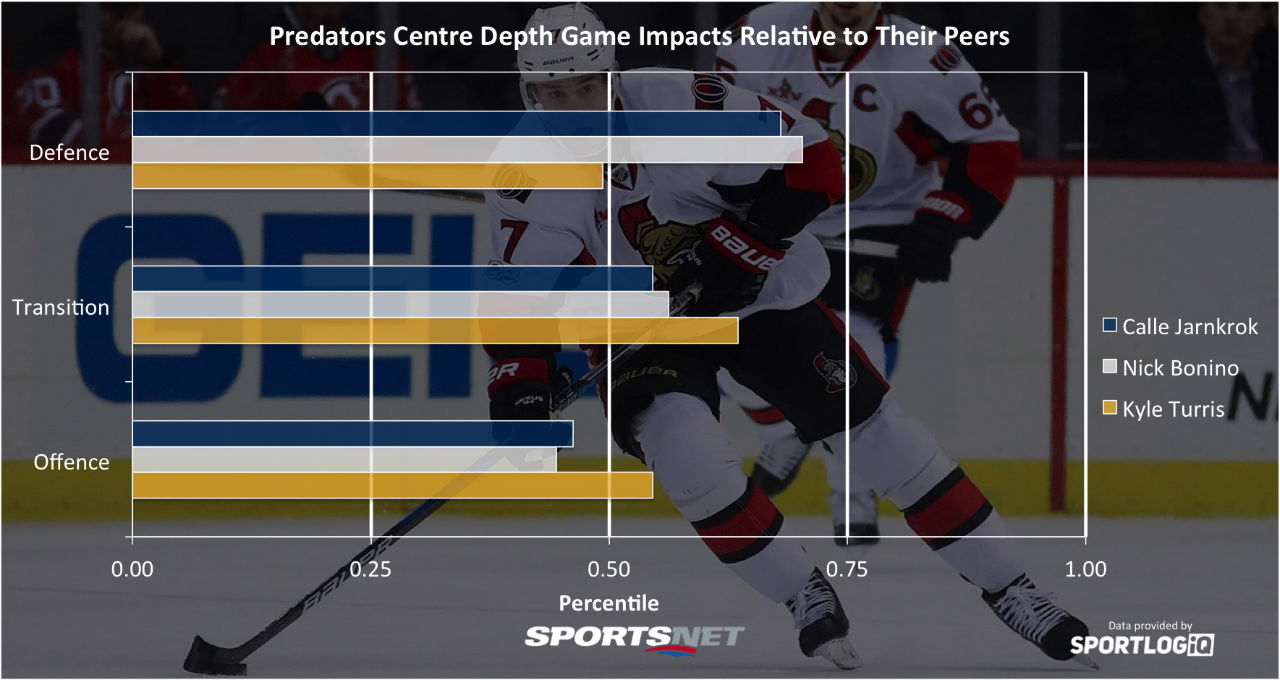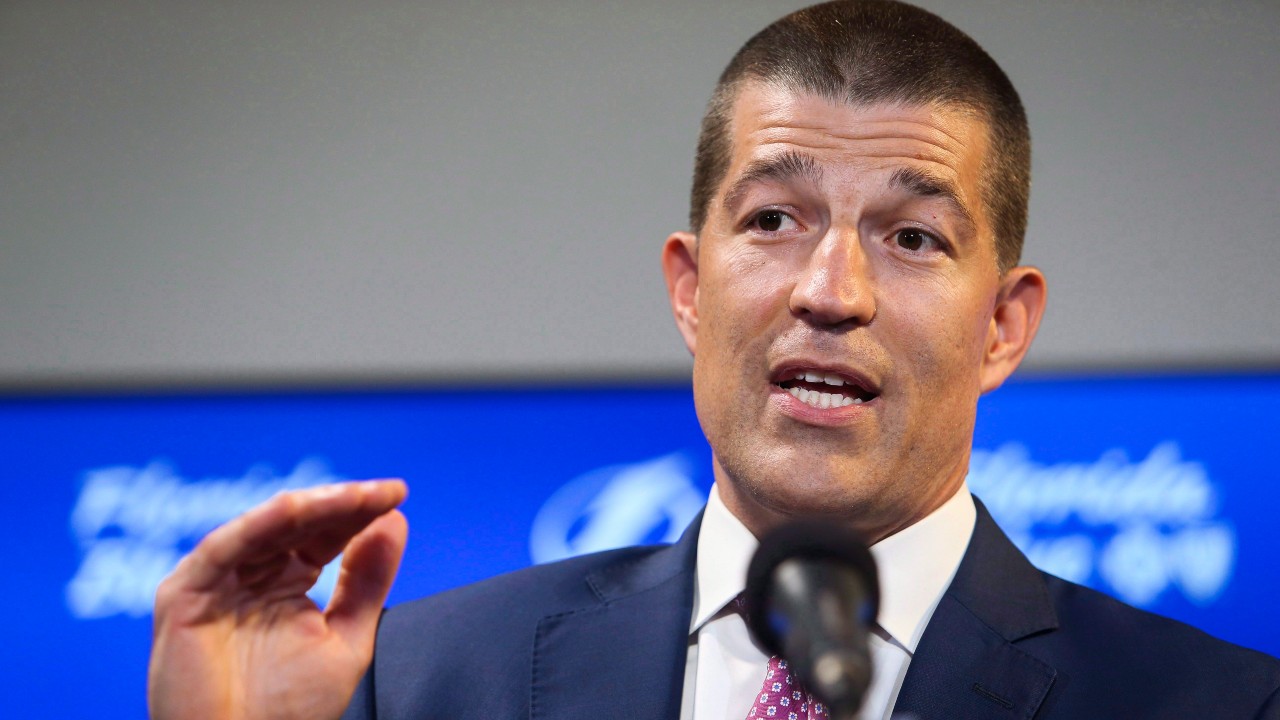Thanks to the Nashville Predators, Ottawa Senators, and Colorado Avalanche, we have a blockbuster, three-way trade in November. Such deals are rare in the most active of NHL seasons, but in the salary cap era, it’s a real treat.
After details of the possible trade had leaked earlier in the week, and news that it had fallen through, it seemed like a tantalizing idea that couldn’t fit within the NHL’s rigid salary structure. And then midway through a game against the New York Islanders, Matt Duchene was pulled off the ice and the trade was completed moments later.
Aside from the fact that it happened at all, the shocking thing about this trade is that on the surface, every team involved looks like a winner. The Predators traded from a position of strength, giving up two strong prospects in Sam Girard and Vladislav Kamenev, and a 2018 second round draft pick to the Avalanche for Kyle Turris, who the Avalanche got from the Ottawa Senators alongside Andrew Hammond, a 2018 first round draft pick that’s top-10 protected, and a 2019 third round draft pick in exchange for Matt Duchene.
The Senators were able to upgrade at centre. Nashville was able to do the same and the Avalanche loaded up on futures for their continuing rebuild.
The only question is whether or not Duchene is a big enough upgrade over Turris for the Senators to be justified in giving up first and third round picks.
Luckily, after putting the work in over the summer for the rankings project, we can compare the two centres in a relatively robust way, then get into the finer details.

In terms of overall rankings, over the past three seasons Duchene is 41st best centre in the NHL, whereas Turris ranks 57th. They both fall into a similar category as, ideally, second line centres, but Duchene was definitively better over the previous three seasons, and due to the quality of the teammates Duchene played with, he played some of the toughest minutes of any centre in the NHL, whereas Turris was more in the mid-range. The Senators are likely betting that giving Duchene more support both internally and on the ice with better teammates will yield superior results.
We could debate about whether or not the upgrade to Duchene is worth a couple of draft picks and a depth goaltender, and clearly part of the equation will depend on how the Senators finish the season but when you break things down and see Duchene is clearly better offensively, defensively, and in transition, I don’t think a couple of draft picks is a big issue.
Part of the reason I like this trade for Ottawa is because they have some pretty good prospects, in Colin White and Thomas Chabot, that are about to be NHL regulars. But the main reason I like this move is that Erik Karlsson is only going to have one prime, and I think with the injuries he’s suffered, the Senators have seen that anything can happen, so it’s time for them to get serious.
Oh, and the other reason I like this trade for Ottawa is the possibility of Erik Karlsson stretch passes to Matt Duchene at full speed. Good luck defending that.
I don’t think the Senators are instant cup contenders after making this trade, they still have a questionable chance at even making the playoffs, but this is a step in the right direction, and shows that Pierre Dorion isn’t afraid to make big moves to compete in the near term.
From Nashville’s perspective, they didn’t want to pay the full price Colorado was asking for Matt Duchene, but in his place they got a bonafide second line centre who can create offence that they desperately need. The Predators improved their centre depth in the summer by signing Nick Bonino, but he and Calle Jarnkrok are better as depth players than being forced to play at the top of the lineup.
To show how Turris helps the Predators, let’s go back to the rankings for comparison’s sake.

Both Bonino and Jarnkrok are significantly better than Turris without the puck, but neither of them rank in the top half of centres offensively, and they’re not the strongest transition players either.
Turris helps to round out the Predators’ lineup — which is a little top-heavy — brings some playmaking chops to take advantage of their secondary finishers like Craig Smith and Scott Hartnell, while being able to skate with players who attack off the rush like Kevin Fiala.
Like the Senators, the Predators are in win-now mode, and they got a taste of what that felt like last season. After a bit of a bumpy start to the season with too many shots coming from their vaunted blue line, it’s not a surprise that they decided to upgrade at forward. That the Predators were able to add a player of Turris’ calibre without sacrificing any NHL roster players is supremely impressive, and bodes well for them this season.
The extension for Turris is a bit on the rich side, but the Predators have enough players signed at bargain prices, that like the Johansen deal, they can afford to overpay.







